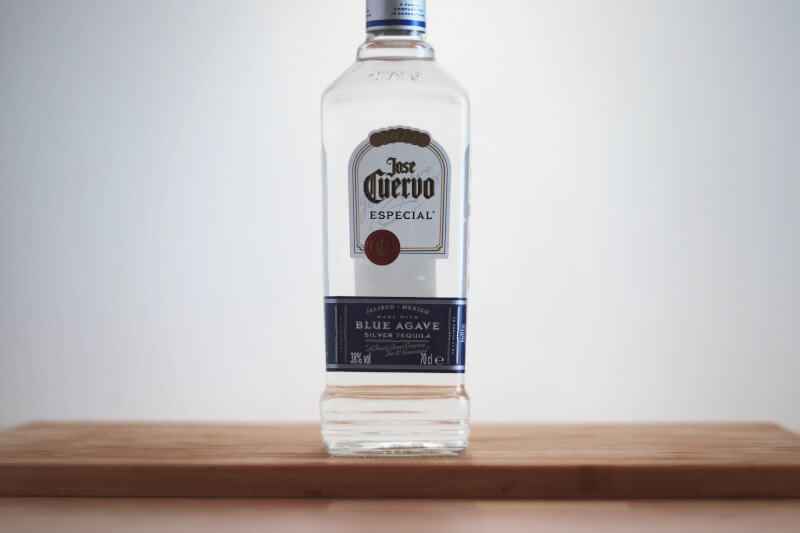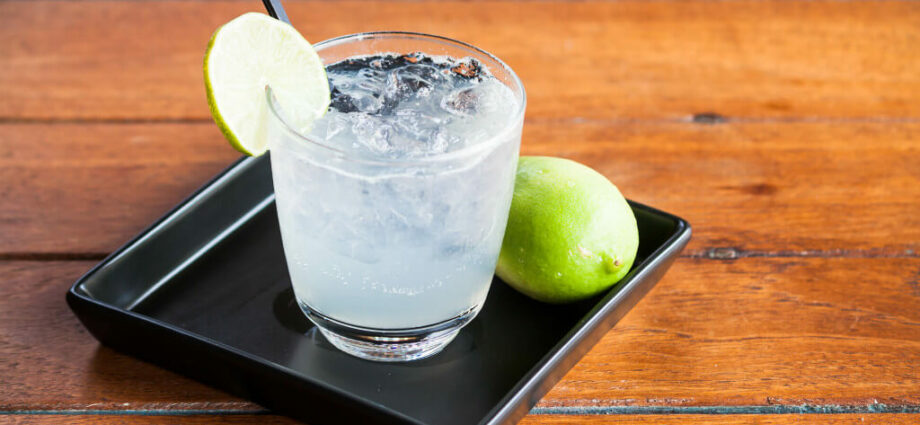Tequila is a type of distilled liquor that originates in Mexico. The blue agave plant, from which it is distilled, grows abundantly in the countryside surrounding Tequila. An alcohol content of 35% to 55% is required for tequila.
Can tequila be frozen, though? The straightforward response is that tequila can be frozen, but it won’t freeze solid because of its high alcohol content. The alcohol in beer and wine freezes solid because they dilute the alcohol with water. The beer in your freezer is probably going to burst. You should also remember that residential freezers do not reach the same sub-zero temperatures as industrial refrigerators.
Frozen booze is kept at a temperature range of -100 to 170 degrees Fahrenheit. Water freezes at a temperature of about -32 degrees Fahrenheit. Frozen alcohol with an ABV of 15% is more liquid than frozen alcohol with an ABV of 30%.
Should You Refrigerate or Freeze Your Tequila?
True tequila drinkers don’t put their tequila in the freezer. When tequila is frozen, its distinctive scent is often masked. They claim that only when tequila is consumed at room temperature can one fully experience the spirit’s complex aromas and flavors.
High-proof libations can be stored at room temperature. These drinks are best kept in the fridge or at a cool room temperature. When Tequila is frozen, its viscosity decreases and it takes on a more fluid-like texture.
What Happens to Tequila When It’s Frozen?
While it’s not recommended to freeze premium tequilas like Jose Cuervo or Patrón, you can do it if you like with lesser brands if you prefer. Storing store brands in colder environments could increase their shelf life. These are possible risks that your tequila quality gets exposed to when freezing it:
- There’s a good chance that water has gotten into your Tequila if it freezes.
- Chilling an alcoholic beverage can dull the senses, making it difficult to appreciate all the nuances of flavor and scent.
- While chilling tequila makes it more drinkable, it also masks its natural scent and flavor.
Suitable Brands for Cold Storage

While experts might turn up their noses at the idea of freezing tequila, it could be a viable option for extending the shelf life of more affordable, less premium brands. These brands generally have a simpler flavor profile, which means the effects of freezing, while still present, may be less detrimental to the overall tasting experience:
- Sauza – This brand offers a range of budget-friendly tequilas that are readily available. Keeping it in a cold environment could potentially mellow out any harsh notes, providing a smoother-tasting experience.
- Jose Cuervo Especial – A staple in many households, this tequila is often used in mixed drinks like margaritas. Freezing or extremely cold temperatures may not drastically alter its characteristic flavor.
- Montezuma – Being one of the most affordable brands available in many regions, cold storage could be a good option to retain its basic quality over time without a significant loss in flavor depth.
- Pepe Lopez – Although not a premium brand, it holds a decent reputation for mixed drinks. Storing it in the freezer might extend its shelf life without a notable change in its flavor profile.
- Toro Dorado – Ideal for those who prefer tequila for mixed cocktails rather than sipping, Toro Dorado can hold its ground even when stored in cold conditions.
Remember to always store your bottles upright and ensure they are tightly sealed to maintain the quality as long as possible. This approach to storage prioritizes longevity over the nuanced tasting experience offered by more premium tequilas. It is a practical choice for tequilas that are often mixed with other ingredients, where the subtleties of the tequila’s flavor profile are less central to the enjoyment of the beverage.
Texture and Viscosity Changes of Frozen Tequila
When tequila is subjected to freezing temperatures, there is a notable change in its physical properties, specifically regarding its texture and viscosity. The lowered temperature causes the liquid to thicken slightly, making it more syrupy compared to its fluid state at room temperature. This physical transformation is due to the decreased molecular motion at lower temperatures, which results in a higher viscosity.
Interestingly, this increased viscosity can have a double-edged effect on the enjoyment of the beverage. On one hand, a thicker, more syrupy texture can provide a richer mouthfeel, allowing for a slower exploration of the tequila’s flavors as it moves more slowly over the palate. It might deliver a smoother experience, reducing the harshness that can sometimes be associated with room temperature or warm tequila.
The denser texture could potentially mask some of the finer nuances of the tequila’s flavor profile, with the cold temperatures dulling the taste receptors in the tongue, thereby reducing the ability to detect subtle notes and undertones in the spirit. This can be particularly pronounced in premium tequilas, where the complexity and depth of flavors are a significant part of their appeal.
Freezing can alter the aromatic profile of the tequila as well. Cold temperatures can stifle the volatility of the compounds responsible for tequila’s aroma, meaning that the spirit’s bouquet may be less pronounced when served frozen as opposed to at room temperature.
In a data-driven approach, it is crucial to highlight that different individuals may have distinct preferences; some might appreciate the smoother texture offered by frozen tequila, while others could find the subdued flavors a downside.
Thus, the alteration in the texture and viscosity of tequila when frozen indeed presents a significant impact on its enjoyment, offering a divergent experience that might be favored or disliked based on individual preferences.
Traditional Methods of Drinking Tequila
In Mexico, tequila is typically consumed neat, without any additives. Tequila with a splash of Sangrita is a classic combination. Hot chilies are added to orange and tomato juice to make Sangrita. One drink consists of one part tequila and one part Sangrita.
The Bandera is a popular alternative for sipping tequila. There are three margarita glasses here. The tequila, sangrita, and lime juice in the glasses. It looks like the flag of Mexico.
Tequila is typically sipped as a shot when taken outside of Mexico. Add some salt and lemon or lime juice and you’re good to go. Your hand feels damp at the back. You wet your hand, sprinkle salt on it, lick it clean, drink the tequila, and then suck on the lemon wedge. A tequila slammer is what you’d call this drink.
Tequila is traditionally served with cinnamon and an orange slice in various European nations. Many different cocktails feature tequila as an ingredient. Among the most well-liked is the margarita. You may put this in the freezer or just mix it.
How Long Does Tequila Last in the Bottle?
Unopened tequila bottles have a lengthy shelf life when kept in the dark and cool. It’s best to consume within a year of opening. Verify if the tequila’s aroma and scent are still strong.
Tequila is one of the world’s most adaptable alcoholic beverages. Freezing a premium tequila is not recommended since it destroys the complex flavors and aromas of the drink. How you choose to consume your tequila is completely up to you. It is your prerogative to choose a “frozen” tequila for its more pleasant taste.

